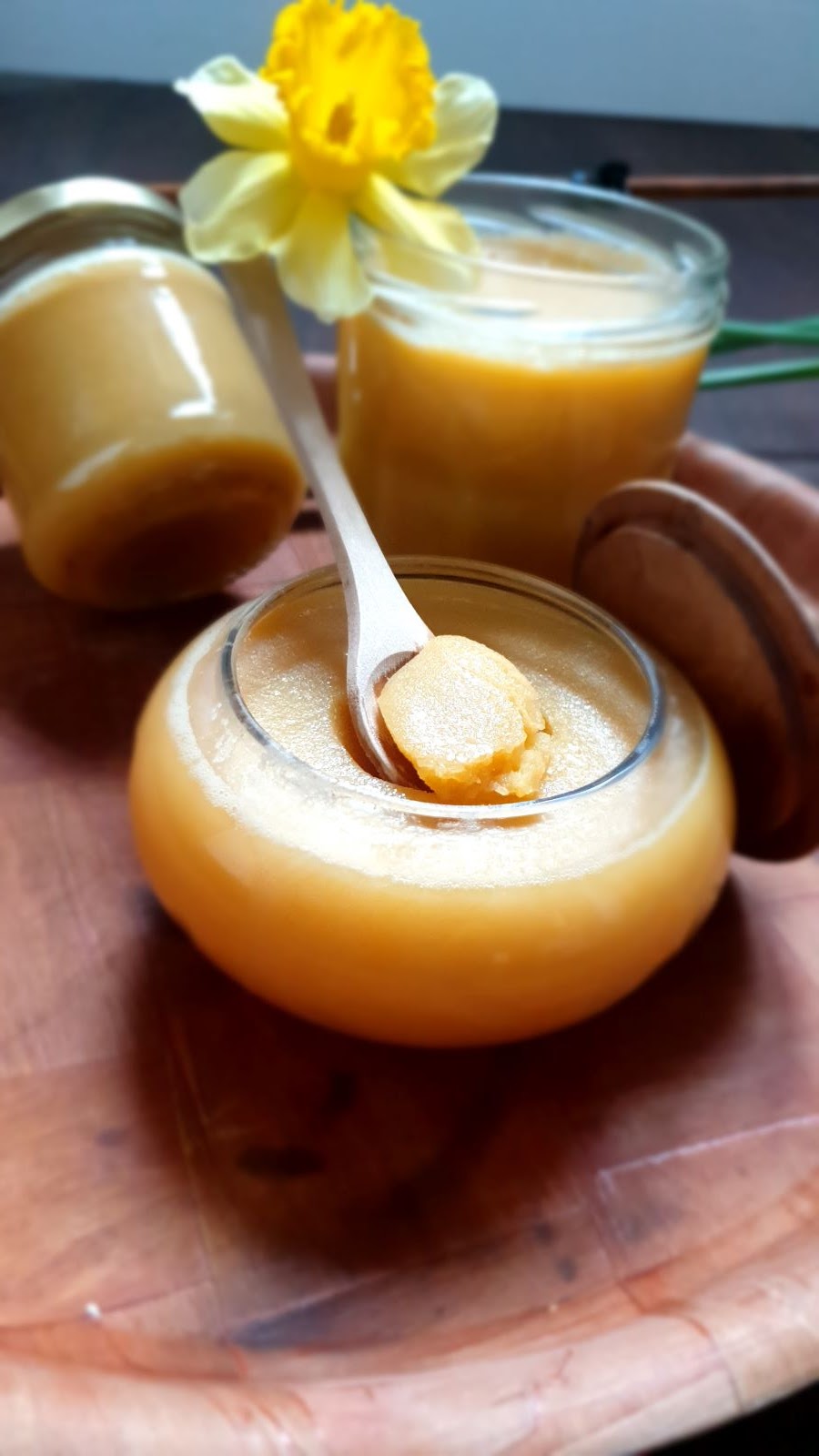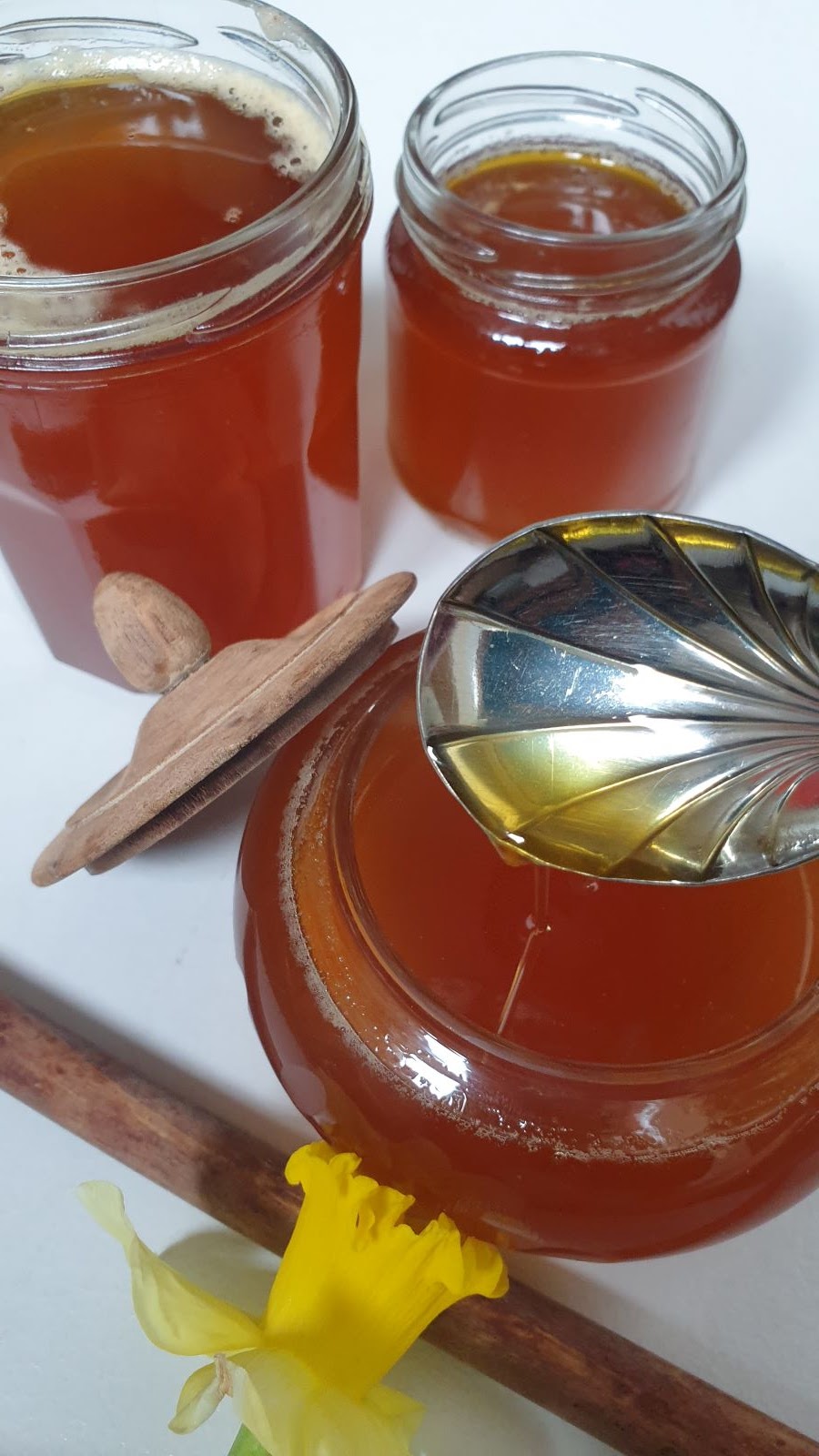All about Ghee!
Ghee, known as the elixir of life in Ayurvedic Science, has gained new admiration for healthy saturated fat in the west. Let’s explore more.
In India, Ayurvedic physicians and holistic healers have been using ghee for nourishment and body detoxification for ages. It is both used as a food and as a natural remedy.
Ghee, the liquid gold, has been in South Asian homes for centuries ever since man learnt how to make butter.
When there was no refrigeration, people in a warm tropical country like India found ways to preserve butter by removing its water content and burning the milk solids. That is how ghee came into existence.
Science confirms that healthy fatty acids found in ghee can help burn fat, support weight loss, similar to consuming an avocado and salmon fish.
One of the mainstream ingredients of the ketogenic diet with the adage “Fat kills fat” is greatly revered by a few lactose intolerants as an excellent substitute for butter.
So, what makes ghee tick as a healthy fat despite the bad press in the past. Let’s dig.
What is ghee?
Some people call ghee clarified butter, but ghee and clarified butter are not the same, and there is no English term for "Ghee", although it is classed as clarified butter.
Ghee is made using clarifying butter; hence clarified butter itself cannot be ghee. Clarified butter is one of the stages the ghee goes through before becoming ghee.
How is ghee different to clarified butter? How to make ghee?
Ghee is traditionally made differently from what the convenience world is making today.
Ghee is not just burning the butter and clarifying the milk solids off. That is not a traditional method; that is an industrial method that includes synthetic additives like BHA.
Traditionally, ghee is made using the Bilona method, where grass-fed cow’s milk cream is cultured with curds, rich in gut-friendly bacteria.
The fresh milk is first boiled in this method, then cooled and allowed to rest until a thick cream layer forms on the top. This top layer is known as "Malai" in Hindi.
This “Malai” is then amassed into an earthenware pot or a bowl with cultured bacteria from homemade curds or buttermilk.
The cream and curds are subjected to an optimum temperature introducing the live cultured bacteria from the curds/buttermilk into the cream. This cream is then churned into cultured butter called “Makkhann”, leaving the buttermilk separate.
The cultured butter is then infused with natural antioxidants depending on the ghee's purpose, like beetle leaves, curry leaves, Shatavari root, turmeric, rosemary, basil, sage etc.
It is then heated and simmered on low heat below 100 degrees until the milk solids begin to caramelise.
This making ghee does not call for stirring at any point, allowing all the components to separate by density stabilising the fat giving us desi ghee.
To see one make this type of ghee is a type of mindfulness in itself.
On the other hand, clarified butter can be made using any grain-fed cow’s butter cooked on high heat to the point where the milk solids separate, and the water evaporates.
What are the health benefits of ghee?
Ghee is used extensively to strengthen the body. It is known as the elixir of life in ayurvedic sciences.
There are Vedic scriptures from ancient India that refers to ghee as a superfood.
1 tbsp of ghee in black coffee can make a quick remedy for constipation.
a) Ghee for gut health
Ghee comprises butyric acid that is found naturally in our colon.
Butyric acid is a short-chain fatty acid that helps with bile production, crucial for normal digestion and improved gut health.
With time our gut loses its vigour and underperforms; ghee can restore our gut which is the core of good health, by enkindling the fire (Agni), giving back its brilliance.
“Eat some, and your colon cells will thank you for the energy boost,” says Dr Eric Berg
b) Ghee good for weight loss
Ghee consists of Omega-3 fatty acids, which fire up the metabolism and the fat-burning process.
Ghee contains 4-5% CLA (Conjugated Linoleic Acid) that are fat burning and are known to mobilise and shrink the fat cells to their original size, increasing the lean body mass.
Contrary to what the western world knew ghee as fat causing, more and more research is proving ghee as a fat-burning fat.
The butyric acid from ghee also conquers insulin resistance, which can be a single cause of weight gain.
And the Keto diet is proving that with great success.
Is Ghee lactose friendly?
People with lactose intolerance cannot produce an enzyme called lactase needed to break down the milk enzyme called lactose.
Since ghee is lactose-free, free of casein and lactose, introducing ghee in small amounts as a dairy-free fat is safe.
Some lactose intolerants have seen great benefits with ghee, especially on a ketogenic diet.
However, lactose intolerance is different to milk allergy. People allergic to milk and dairy products must avoid ghee.
Also, people with Crohn's disease/IBS or any other gastro-intestinal disease like colitis must try ghee.
These people have decreased or compromised ability to absorb or make butyric acid.
Since ghee is rich in butyric acid, just eating 1 tbsp a day can restore their gut health and improve their intestinal mobility.
Ghee for detoxification
Ghee is a natural cleanser, a natural scavenger of free radicals that enhances the life span.
It is excellent for cleansing the blood and removing any toxic particles through a process known as ghee oleation.
As known in Ayurveda, Ghee Oleation, or Panchakarma, is a potent 12 days detox programme.
It is an age-old ayurvedic therapy that helps in resetting our body's fat-burning metabolism.
It triggers the body to burn its fat as fuel and has promising benefits to reset the whole body, offering vitality and wellness. It heals from inside to outside.
“Ghee helps with detoxification because it binds fat-soluble environmental and metabolic toxins that can be then excreted via body’s transport routes.” Says Dr Karin Pirc, Medical Director
You can read more on this by clicking the link below.
Is ghee bad?
Although ghee is high in saturated fats, saturated fats alone are not dangerous.
-That lousy press about ghee as unhealthy was a bad rap and an exposed scam to sell vegetable oil to the world.
However, if you consume ghee with refined sugars and processed carbohydrates, then you are smothering the good benefits of this liquid gold.
Besides, ghee alone doesn’t clog your arteries.
“Eating fat doesn’t make you fat but may protect against it.” Says Dr Jason Fung
“Saturated fats are not dangerous”, confirms Dr Paul Mason
Saturated fats are heart-healthy, especially when they have short-chain-fatty acids (SCFA’s) like in ghee as they get directly absorbed into the bloodstream and are non-fattening.
The plaque in the clogged arteries don’t just contain cholesterol; it contains other fatty components like calcium, fibrin and other cellular waste products that make up the fatty deposits.
American College of Cardiology published a recent study in June 2020 declaring saturated fat as safe and that its consumption reduces stroke risk.
Dr Dwight Lundell MD, a heart surgeon who has performed over 5,000 open heart surgeries, says, “avoiding saturated fats is scientifically and morally indefensible”.
He further warned, saying unknowingly, a repeated injury to the blood vessels is caused by withdrawing from saturated fats.
“This repeated injury, day in and day out, is what is causing rampant inflammation across all population groups, which has resulted in the epidemic of heart disease, diabetes, and obesity”, states Dr Lundell
Ghee works at the cellular level by rejuvenating and regenerating. It is not just used to light the sacred lamps but is also used as a holistic healing and nutritious ingredient.
With all the above expert inputs and evidence-based research, it is safe to conclude that ghee can be used as an elixir of life overall.
It supports weight loss, helps regulate blood sugar, and, more importantly, satiates a person after eating a meal cooked in ghee.
Takeaway: Anything in excess can be a devil dose, and health is not about expecting a miracle in the jar or eliminating a single ingredient.
It is about balancing health with a healthy lifestyle and listening to your body.
Disclaimer: This article is only for informational use. Please do your research and consult a medical professional before making any changes to your diet.



Comments
Post a Comment